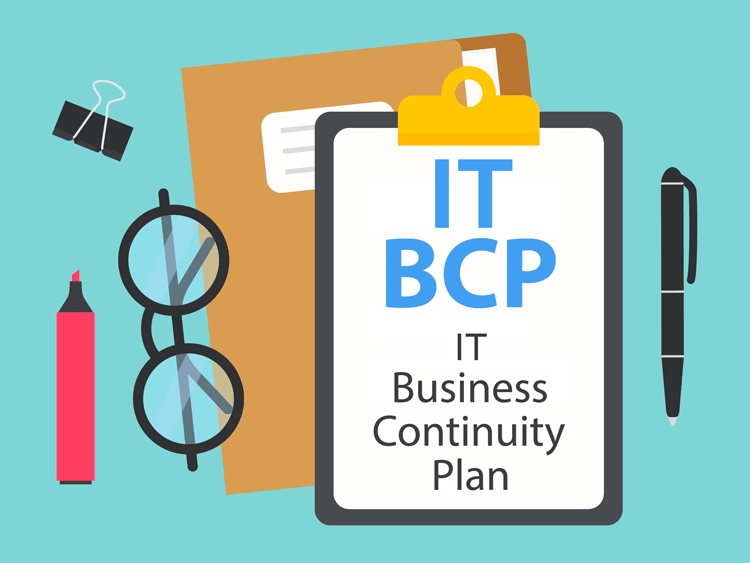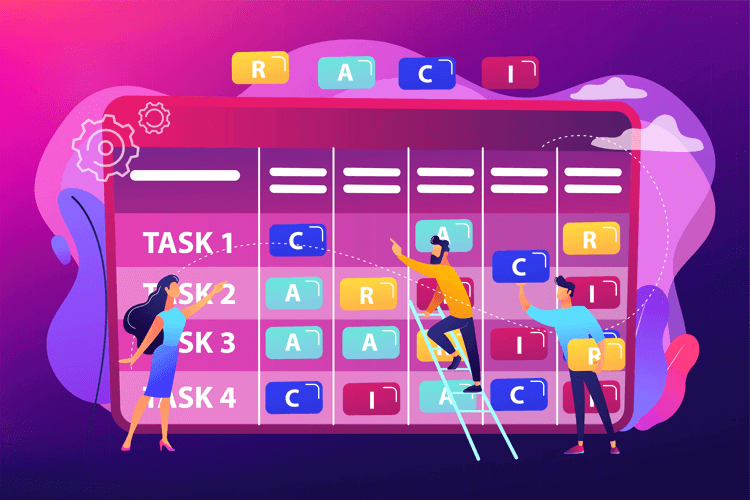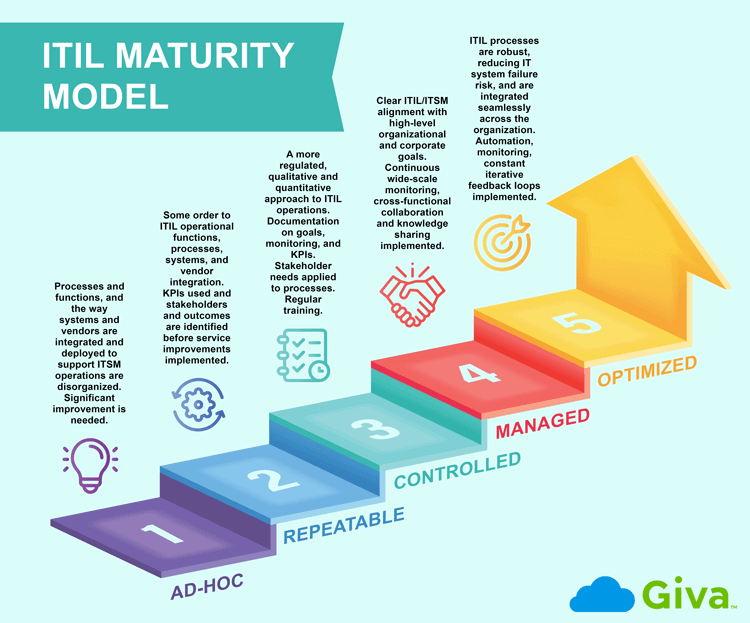IT Business Continuity Plan (BCP): What It Is, Why Have One, and Key Features
In today's society, several factors can impact the business continuity of IT environments. In addition to physical threats like theft and natural disasters, the Internet — despite its many benefits — can also wreak havoc. Downtime, in any form, can cost a company money and, perhaps, its reputation if not managed correctly.

The good news is that an IT Business Continuity Plan (BCP) can lessen the impact of downtime by helping your organization take the appropriate steps toward a quick resolution. In many cases, plans can be built in-house with the proper coordination of different departments.
Despite growing security risks, the uptake of emergency preparedness plans remains low. According to WifiTalents, as of 2021, 52% of global companies do not have a Business Continuity Plan (BCP).
And it is no less essential for an IT environment. If you fall into this statistic, it is time to learn more about the critical components of building a disaster recovery and business continuity plan for your IT organization.
What is an IT Business Continuity Plan?
In its most simple form, it is developing a written strategy to ensure that your IT organization's key business processes can keep running, even when a disruptive event occurs. A BCP will act as a guidebook on tackling specific issues, like a cyberattack or damaged equipment. It reduces improvisation and widespread panic.
IT teams play an essential role in a BCP. Nowadays, when a disruptive incident occurs, it usually involves an organization's tech. Who understands your organization's tech best? IT, of course! Planning and execution should be left with them. However, it may be a good idea to hold emergency preparedness sessions with other organizational teams. When disaster strikes, internal teams must be on the same page, working together toward a solution.
Examples of Business Interruption in IT
Interruptions to your organization can come in several forms. When they do happen, it can frustrate employees and clients alike. The biggest frustration may come from the fact that it was avoidable to begin with! Many organizational disruptions can be less intrusive or avoided entirely with better planning:
- Natural disasters: Large storms can knock out power or wreak havoc with flooding at brick and mortar locations, damaging physical equipment. Moving data to the cloud and reducing the amount of physical tech that you have on-site can be helpful. This is especially in climates prone to tropical storms and hurricanes.
- Theft: Equipment can be stolen off your premises. It would be wise for an organization to recommend that employees lock away equipment when they go home for the day. Having the ability to remotely wipe data off a stolen device would also work in the favor of an organization in order to minimize the impact of the theft.
- Human error: This can include employees clicking on malicious links received by email or via a web page. IT should consider hosting regular training sessions on cyber security awareness.
- Software updates: Unplanned updates, which are then forced onto the system, can cause hours of downtime. Ensure you build a software update schedule inline with your provider. Trigger updates to occur on weekends or in the early hours of the morning (i.e. between 2 and 5 AM).
Business interruptions are not only costly to the bottom line of an organization, they can also have even greater effects. For example, when work-stop issues occur in a hospital, it can quickly become a life and death situation for patients. Learn more about the costs of downtime in healthcare.
Key Features of an IT Business Continuity Plan
- Create a response team: When disaster strikes, it can be cause for panic. This panic can lead to further despair and confusion. Therefore, businesses should build a response team with employees from all departments, including IT. This group would be in charge of several areas of response in the case of an interruption. Other employees outside of this group should hold until direction from the response team is provided.
- Conduct a critical service and risk assessment: Once a team is assembled, determine what are the critical services (including recovery time objectives), business functions and risks the organization is most prone to. This can involve taking a look at historical instances of downtime, new world threats like those posed by cyber criminals, and the climate in which equipment is stored. Decide the strategy for scheduled data backups and storing them and other devices off-site or at other secure locations.
- Run different disaster test scenarios: Although you may feel prepared, there is nothing quite like encountering a realistic scenario. Running test situations can help the response team to better understand if their plan is actually workable. For example, IT teams can develop mock cyber attacks and recovery tests.
- Develop a crisis communications plan: Organizational interruptions can be costly. Ensuring your customers know what is happening is important. Providing estimated "online" timing is also essential. Frustrations can mount quickly. However, maintaining an open line of communication can help to reduce the pain for your clients.
Final Take: Keeping a Business Going with a Good IT Business Continuity Plan
Why have an IT business continuity plan? It could be the difference between an organizational disaster or a seamless hiccup. With so much technology involved in the operation of a modern organization, it would be naive to think that disaster could never strike. Over time, your organization will likely face a disruption that knocks specific services or the entire system offline. These instances are frustrating for clients and businesses alike. They can hurt both your bottom line and your reputation. When disaster strikes, every minute counts. An IT business continuity plan can help you proactively avoid situations and react quickly when they do happen.





